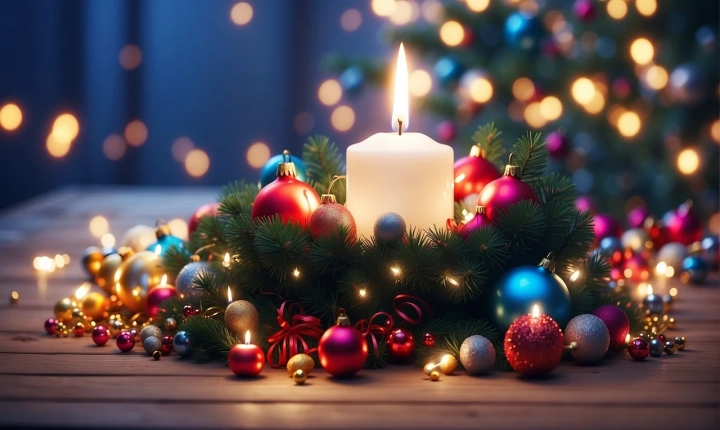Is AI taking over art? This question has been at the forefront of discussions within the art world as advancements in artificial intelligence technology continue to rapidly evolve. With AI being applied to an increasing number of creative fields, from music composition to visual art, many are left to wonder about the implications of this technological shift on the future of artistic expression.
AI’s involvement in art has sparked both excitement and apprehension. On one hand, AI has the potential to revolutionize and expand the boundaries of creativity. It can generate new and innovative ideas, drive experimentation, and push the limits of what is possible in artistic creation. For example, AI algorithms can analyze vast amounts of data and generate visual artworks or music compositions that can push the boundaries of traditional human creativity.
Furthermore, AI has the potential to democratize art by making it more accessible. It can enable individuals with limited artistic skills to create compelling works of art, bringing art to a wider audience and allowing for greater diversity and representation in the artistic landscape.
However, the increasing reliance on AI in art has raised concerns about the potential displacement of human artists. As AI becomes more sophisticated, some worry that it will diminish the role of human creativity and craftsmanship in the art-making process. The fear is that AI-generated art may lack the emotional depth and personal touch that human artists bring to their work.
Moreover, there are concerns about the ethical implications of AI in art. Who owns the rights to AI-generated artwork, and how should it be credited? How do we ensure that AI-generated art does not perpetuate biases or stereotypes present in the underlying data used to train the algorithms?
Despite these concerns, it is important to recognize that AI is not replacing human artistry; rather, it is providing new tools and opportunities for artists to explore and create. Many artists are embracing AI as a means of enhancing and complementing their creative process rather than seeing it as a threat. For example, artists are using AI to generate ideas, aid in the production of art, and experiment with new techniques and styles that were not possible before.
Additionally, AI is also being used as a tool for the preservation and restoration of art. It can assist in the analysis and reconstruction of deteriorating artworks, facilitating the conservation of cultural heritage for future generations.
As with any technological advancement, the integration of AI in art requires thoughtful consideration and ethical guidelines. It is essential for the art community to engage in conversations about the role of AI in art and to address the potential challenges and opportunities that arise.
Ultimately, the relationship between AI and art is multifaceted and continually evolving. While AI has the potential to reshape the artistic landscape, it is unlikely to replace human creativity and expression. Instead, AI presents an opportunity for artists to harness technology to expand their creative horizons and push the boundaries of what is possible in art. Embracing AI as a tool for artistic exploration and innovation can open new avenues for creativity and contribute to a more diverse and dynamic artistic landscape.
